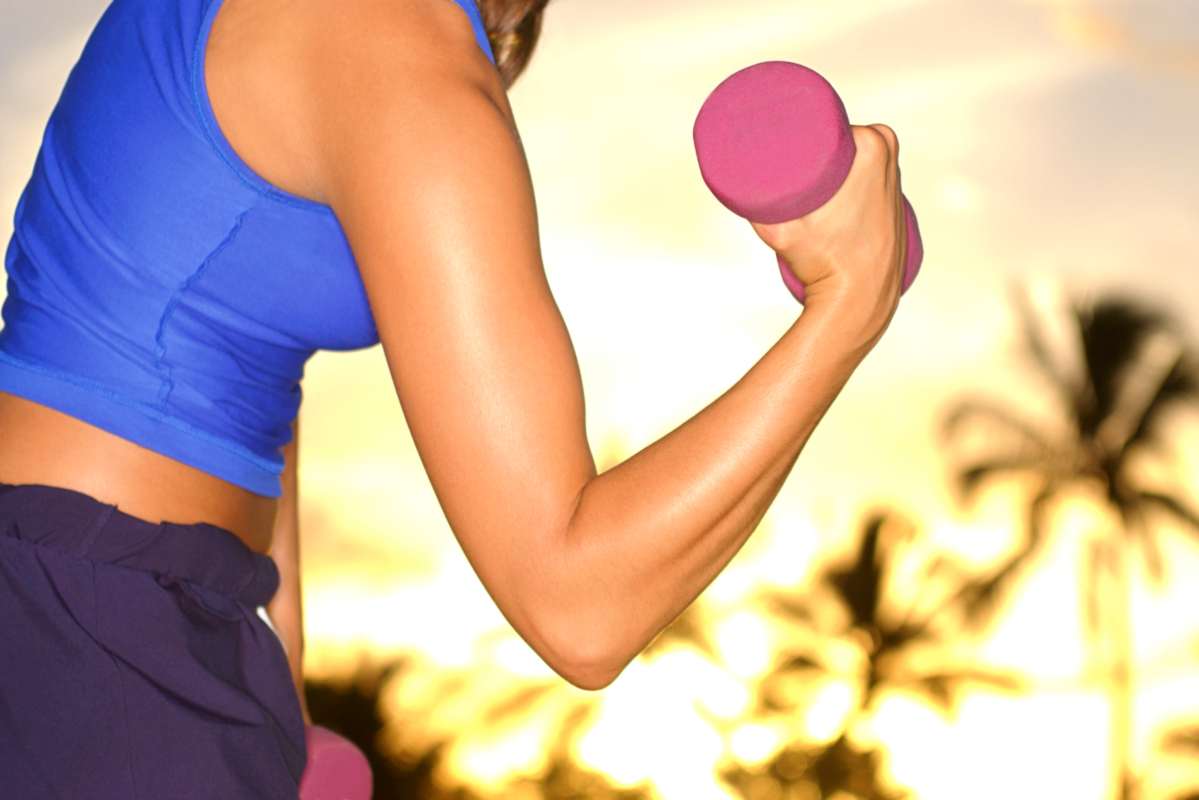Do you require any assistance? Simply reserve your appointment online below
Throwing Injuries of the Elbow
Enhanced Overall Care
Throwing injuries of the elbow is an injury that occurs when repetitive throwing places extremely high stresses on the elbow joint. This throwing motion stretches the tendons and ligaments on the inner side of the elbow joint and typically is a gradual injury due to overuse.
Over time, the muscles around the elbow can weaken, which may result in other injuries, such as torn tendons, cracked bones, or stretched nerves.
If you are experiencing elbow pain, weakness of the elbow, the specialists at NSOC evaluate and offer effective pain relief treatment.
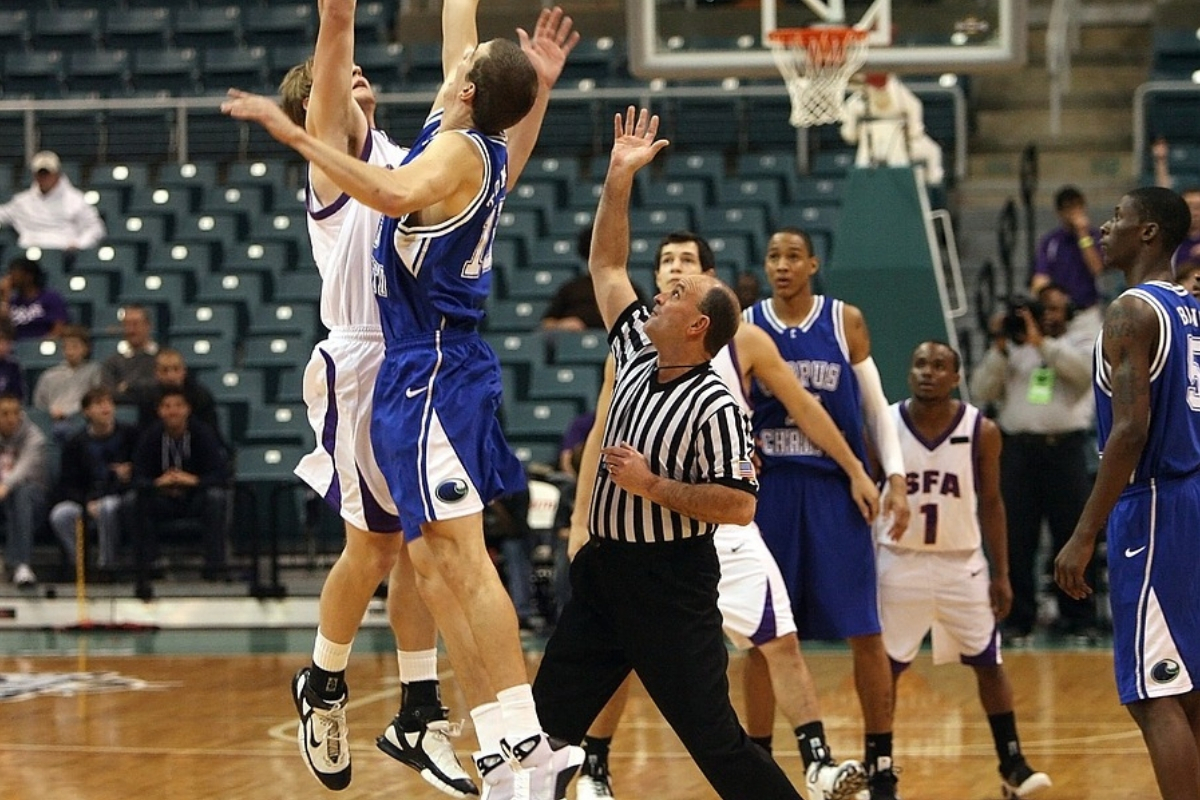
What are the throwing injuries of the elbow?
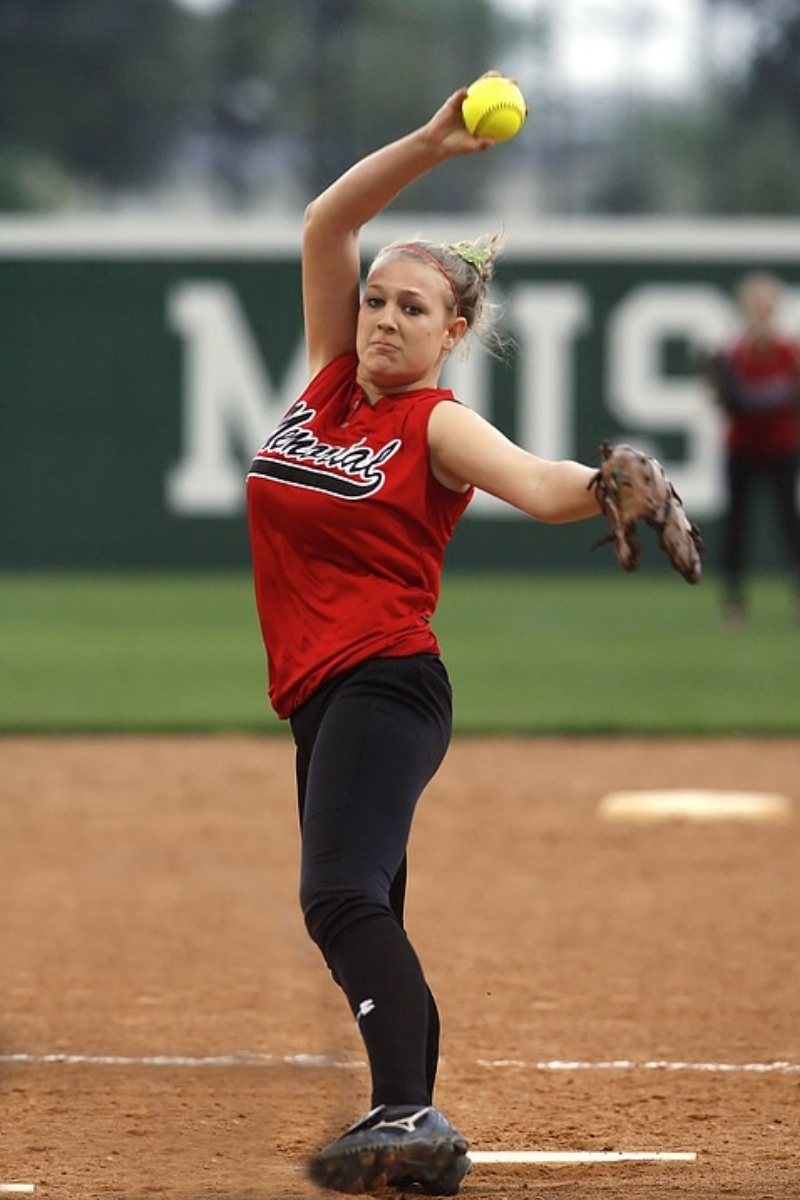
When you throw an object over and over, it is possible to overwork the elbow and the muscles around it. Anyone can get these types of injuries, but they are most often linked to throwing balls or objects in certain ways.
Common throwing injuries of the elbow include:
Flexor tendinitis. Repetitive throwing can irritate and inflame the flexor/pronator tendons where they attach to the humerus bone on the inner side of the elbow.
Ulnar collateral ligament (UCL) injury. This happens when the UCL, a ligament in your elbow, has small or large tears. Athletes will have pain on the inside of the elbow, and frequently notice decreased throwing velocity.
Symptoms of throwing injuries of the elbow
Forearm pain: Golfer’s elbow will cause pain on the inside of your forearm, while tennis elbow will cause pain on the outside of the forearm.
Wrist pain: This happens when you try and flex your wrist with your palm facing down.
Pain when shaking hands: Gripping someone’s hand might cause pain in your wrist or forearm.
Numbness: You might not be able to feel parts of your elbow, forearm, wrist, or fingers.
Limited range of motion: You might find it hard to move your elbow or straighten your arm completely.
Causes of throwing injuries of the elbow
Throwing injuries of the elbow are mostly caused by overuse of the elbow and repetitive motion that strains the elbow.
In baseball pitchers, rate of injury is highly related to the number of pitches thrown, the number of innings pitched, and the number of months spent pitching each year.
Taller and heavier pitchers, pitchers who throw with higher velocity, and those who participate in showcases are also at higher risk of injury. Pitchers who throw with arm pain or while fatigued have the highest rate of injury.
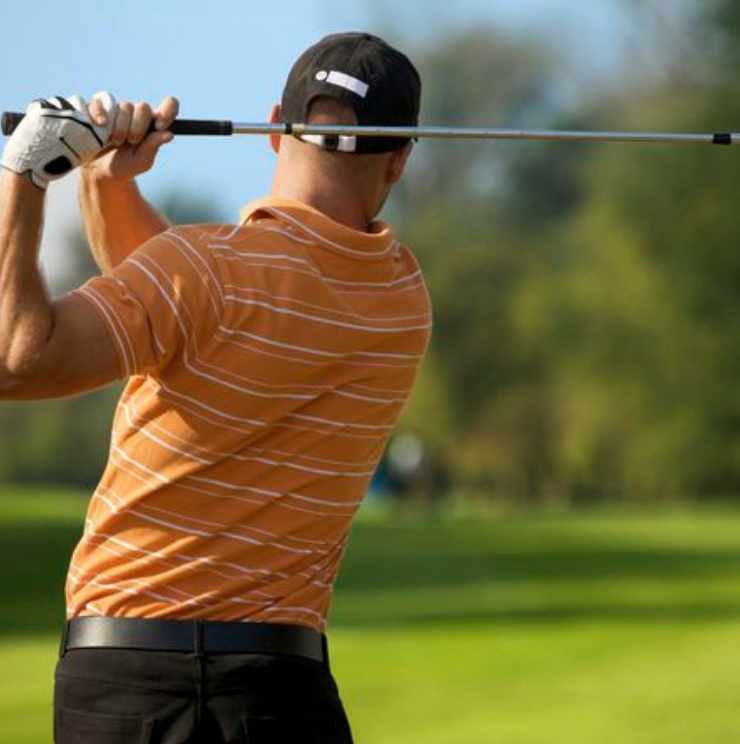
Diagnosis of throwing injuries of the elbow

To diagnose an injury of the elbow, a doctor will look at your forearm and ask you to move your fingers, hand, wrist, and arm, and ask about your pain.
This helps to identify if you have pitcher’s elbow, tennis elbow, golfer’s elbow, or another elbow injury. However, x-rays may be recommended to rule out any other problems.
Other imaging tests include:
Computed tomography (CT) scans. These scans provide a three-dimensional image of bony structures, and can be very helpful in defining bone spurs or other bony disorders that may limit motion or cause pain.
Magnetic resonance imaging (MRI) scans. This test provides a view of the soft tissues of the elbow. Additionally, the test can help your doctor distinguish between ligament and tendon disorders that often cause the same symptoms and physical examination findings.
Enjoy Quality Care
Treatment Options for Throwing injuries of the elbow
The first thing to do is rest your arm. Stop any sports or other activities that cause your elbow and arm pain. You can also use the RICE method to reduce pain and swelling.
Additional treatment options may include:
Physical therapy. Specific exercises can restore flexibility and strength. Your doctor or the physical therapist will include a rehabilitation program to gradually help you return to throwing.
Change of position. Throwing mechanics can be evaluated in order to correct body positioning that puts excessive stress on the elbow.
Although a change of position or even a change in sport can eliminate repetitive stresses on the elbow and provide lasting relief, this is often undesirable, especially in high level athletes.
Anti-inflammatory medications. Drugs like ibuprofen and naproxen reduce pain and swelling, and can be provided in prescription-strength form.

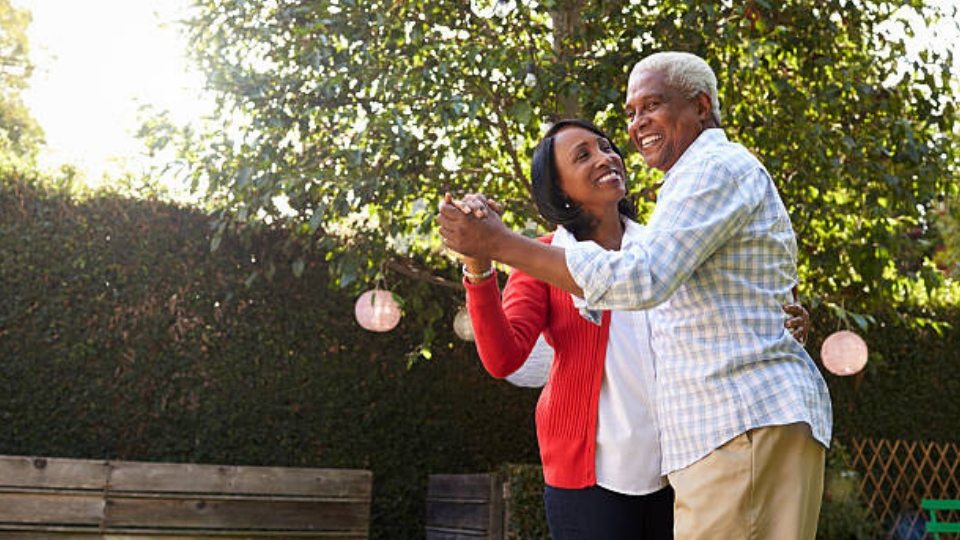
Surgical Options
If conservative treatment does not relieve your pain, surgery may be recommended.
Arthroscopy. Bone spurs on the olecranon and any loose fragments of bone or cartilage within the elbow joint can be removed arthroscopically.
UCL reconstruction. Athletes who have an unstable or torn UCL, and who do not respond to nonsurgical treatment, are candidates for surgical ligament reconstruction.
Ulnar nerve anterior transposition. In cases of ulnar neuritis, the nerve can be moved to the front of the elbow to prevent stretching or snapping. This is called an anterior transposition of the ulnar nerve.
Prevention of throwing injuries of the elbow
There are steps you can take to reduce your risk of getting a throwing injury of the elbow. Some of these include:
Make changes to your technique when exercising or playing sports.
